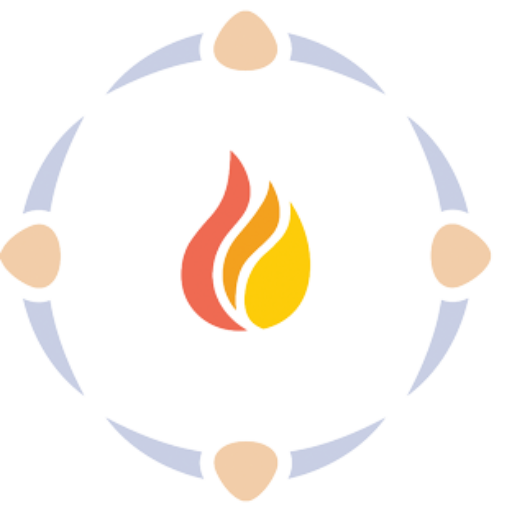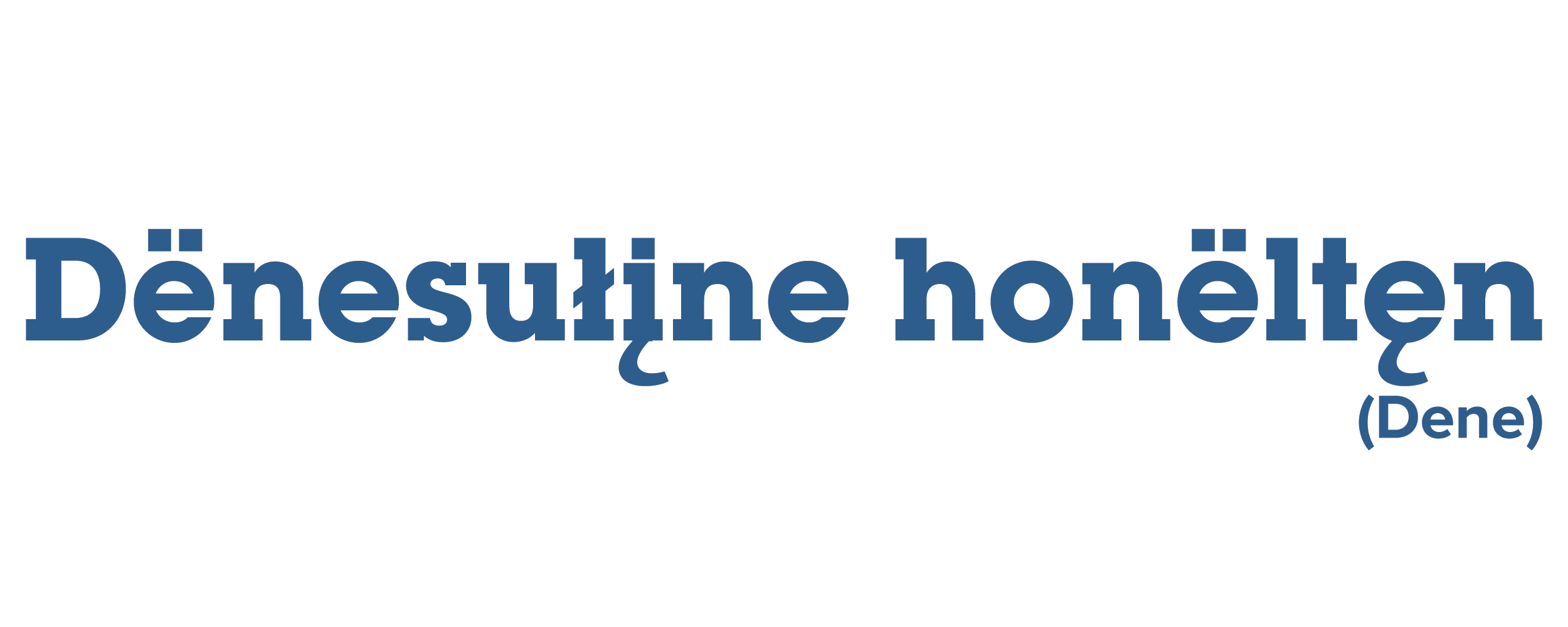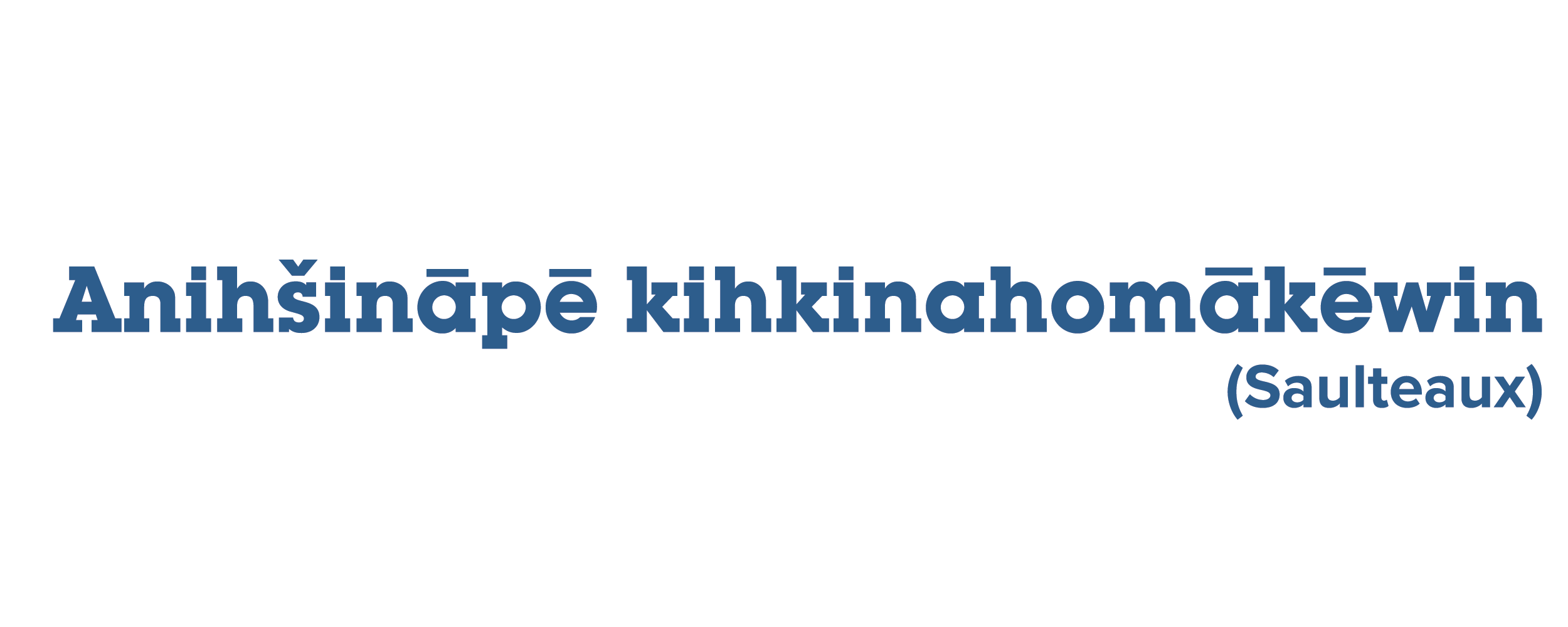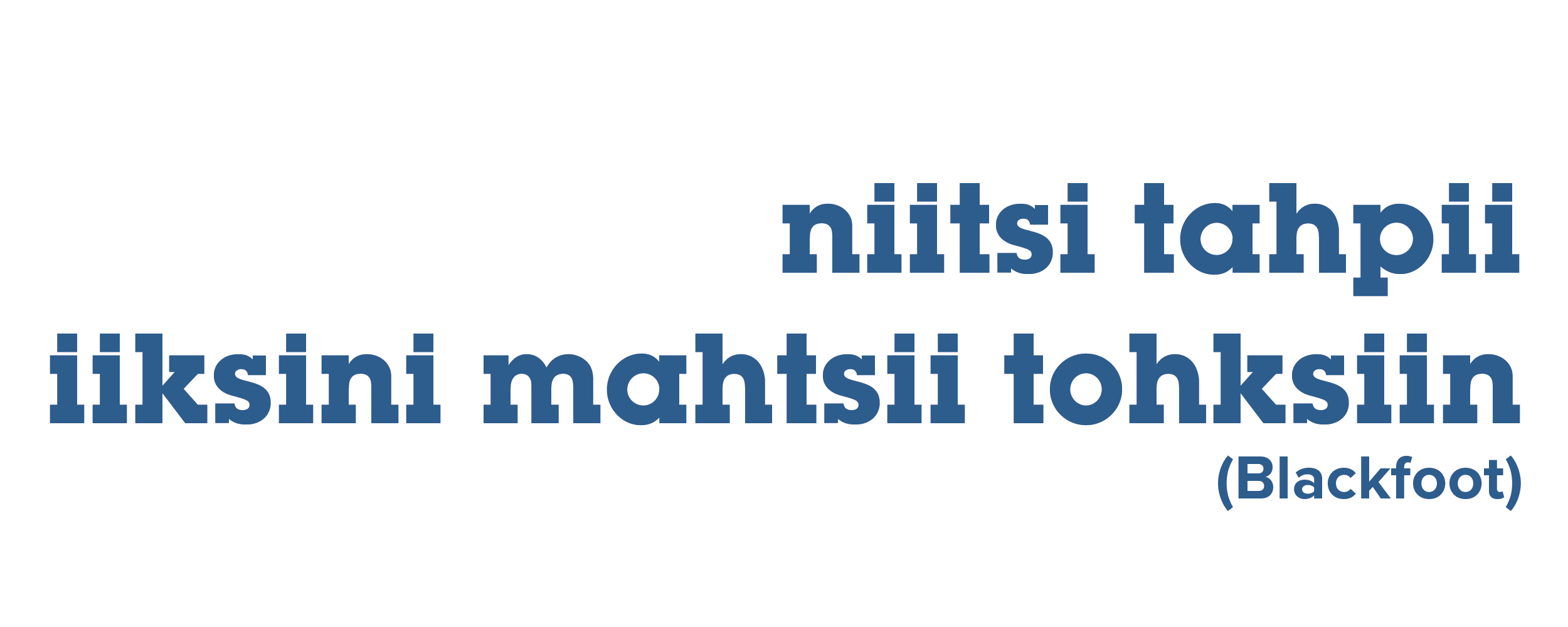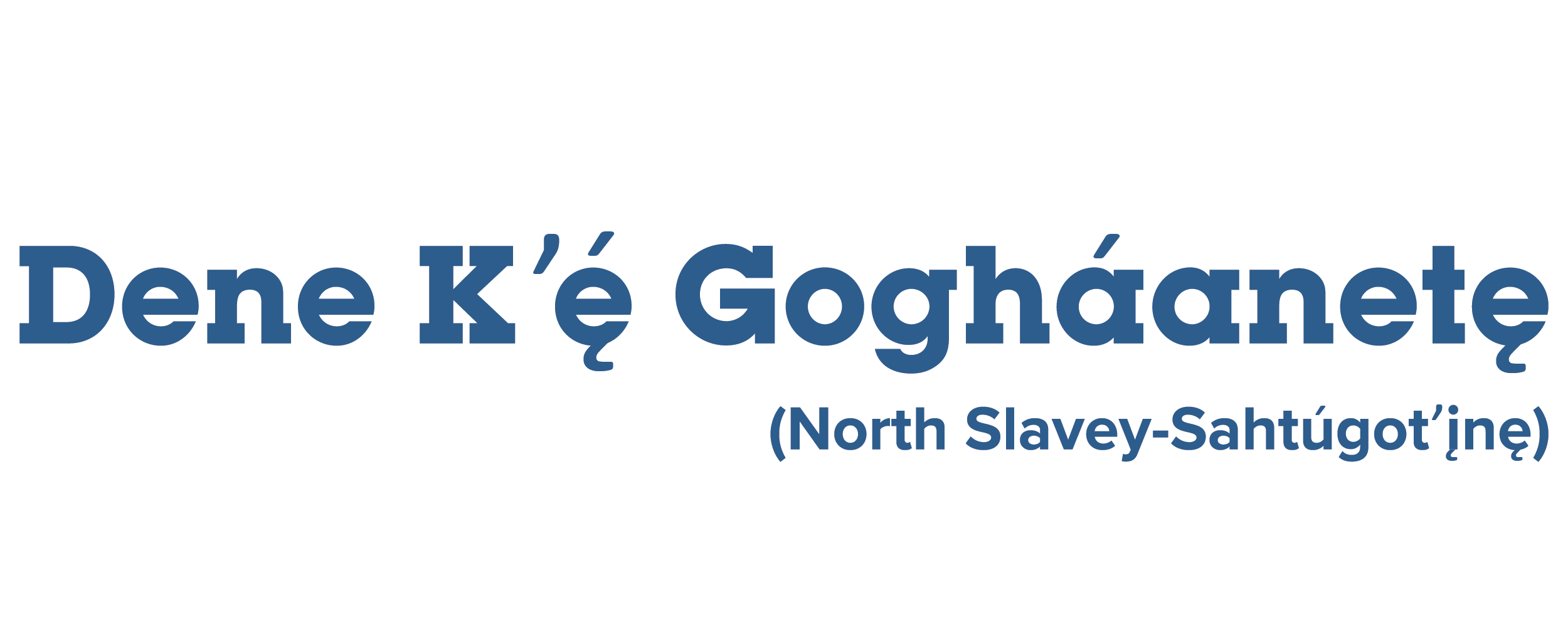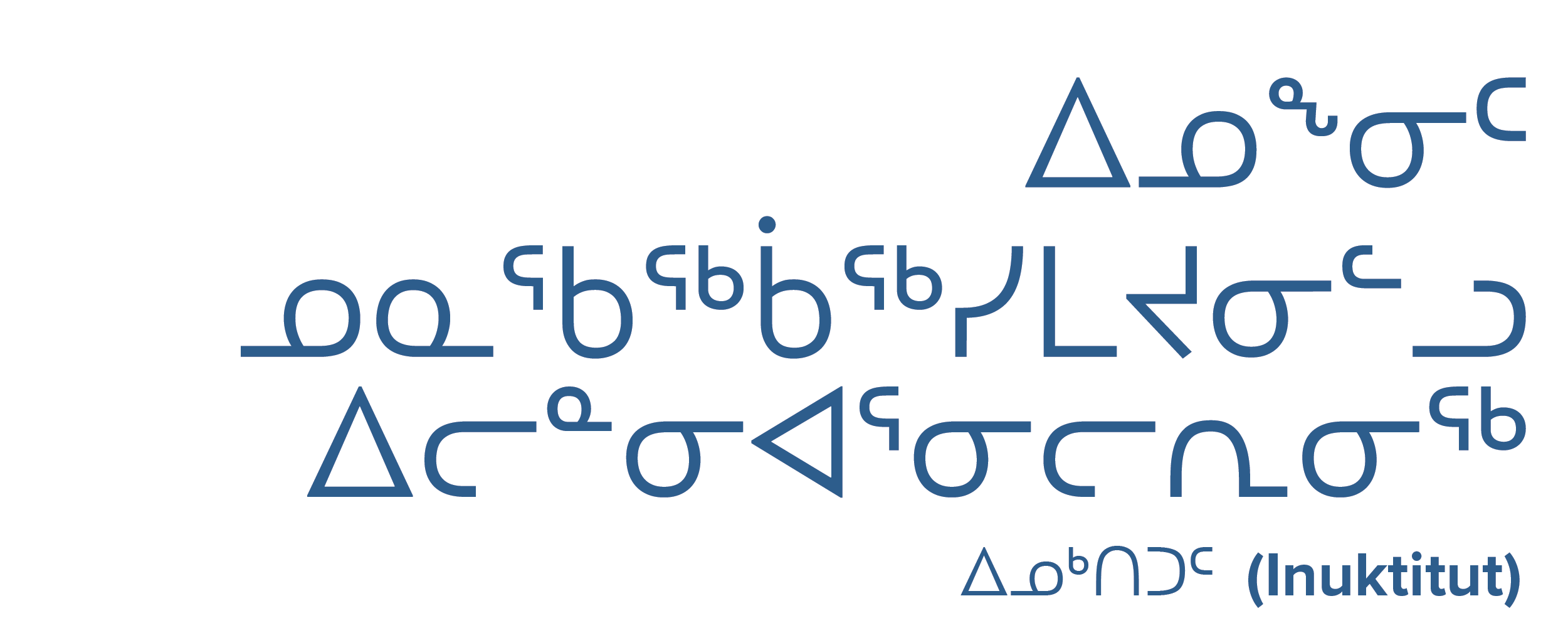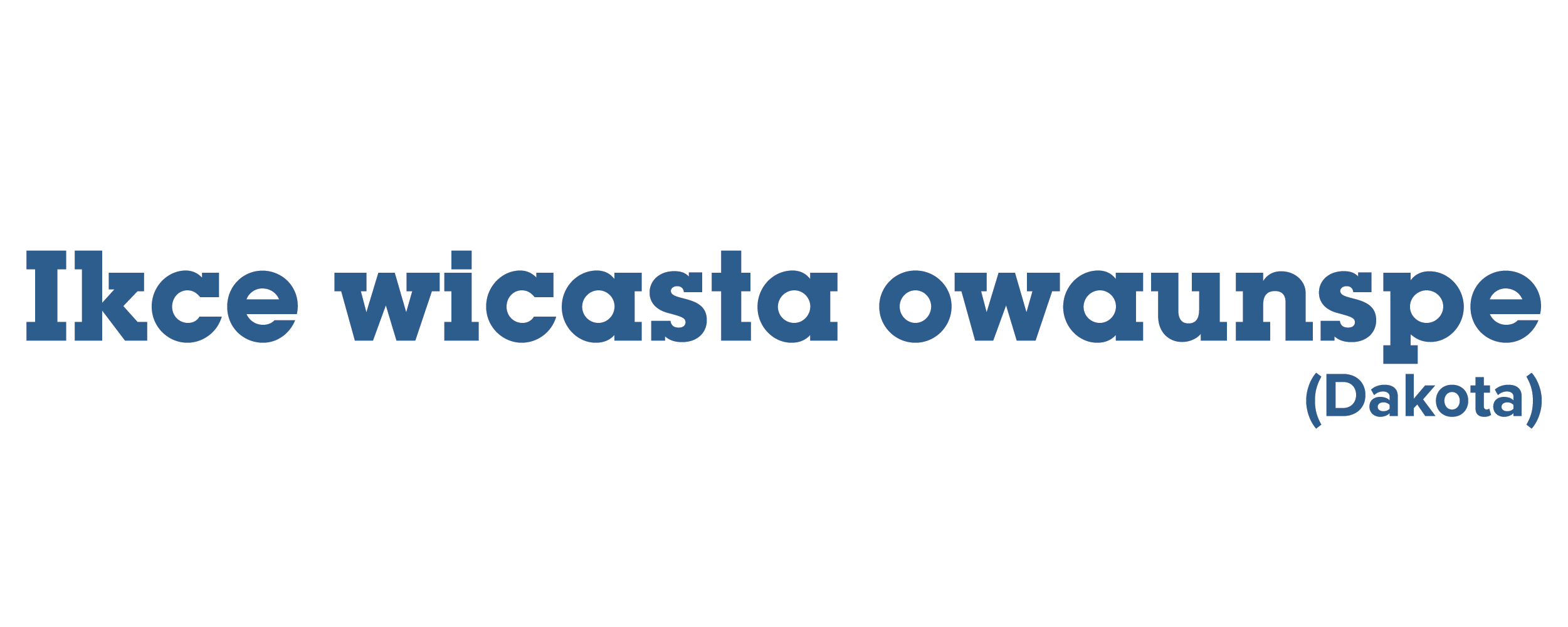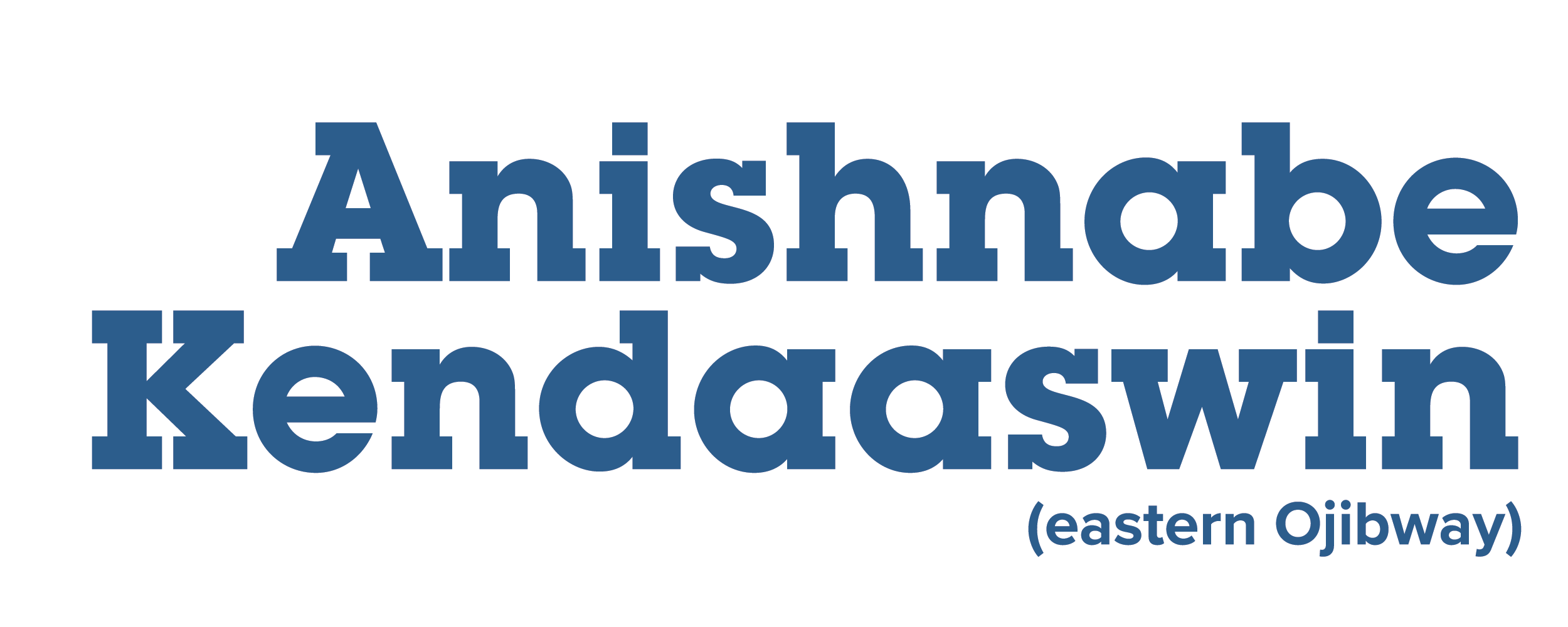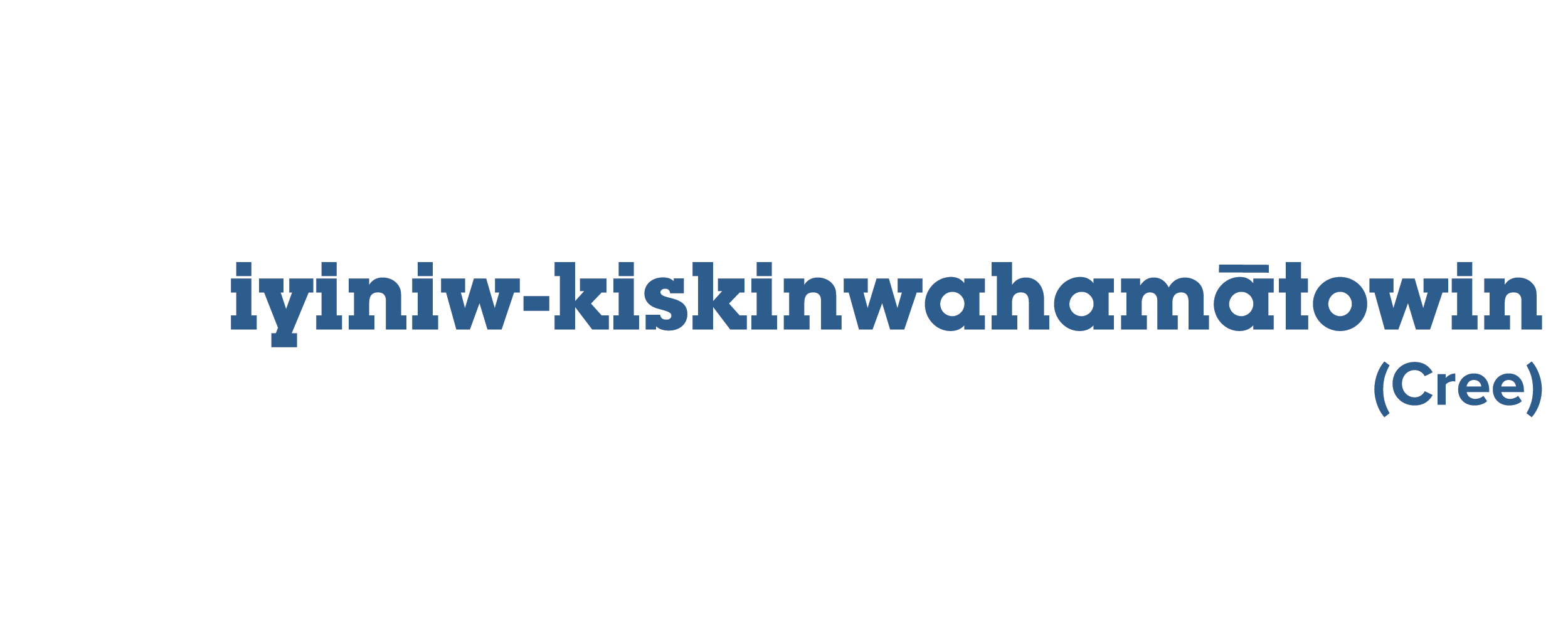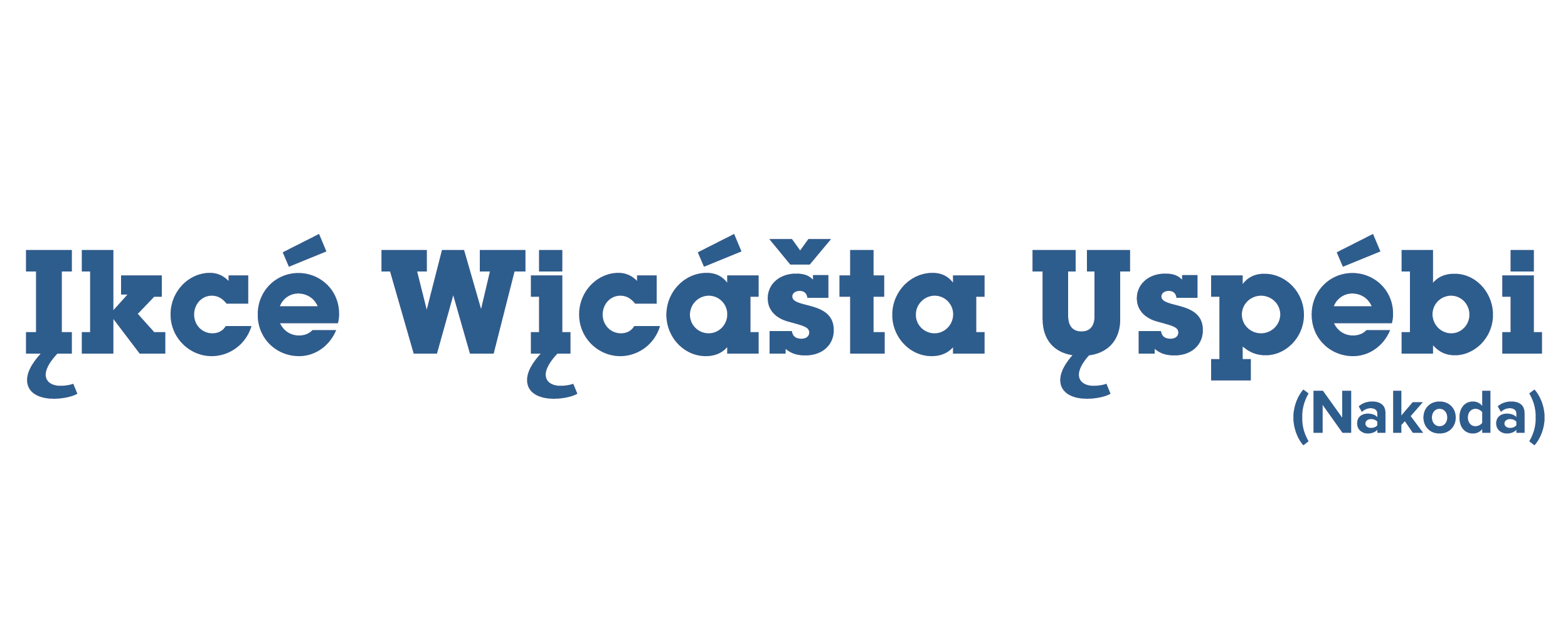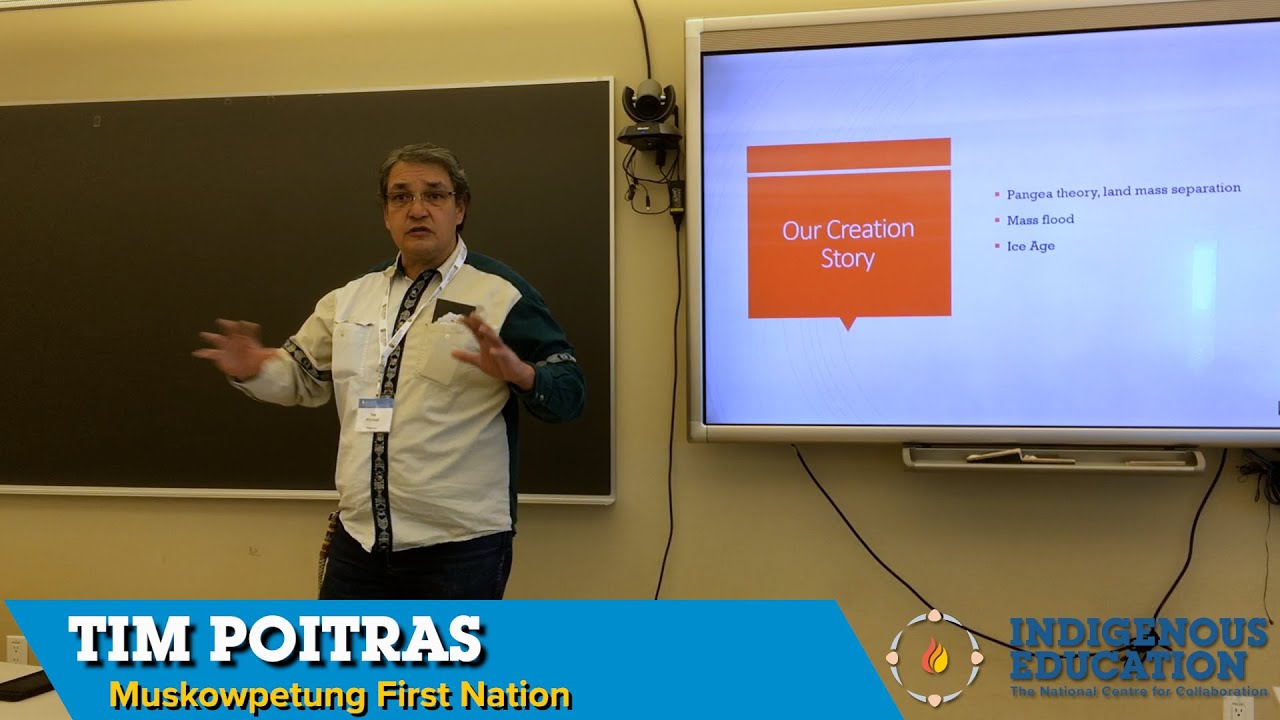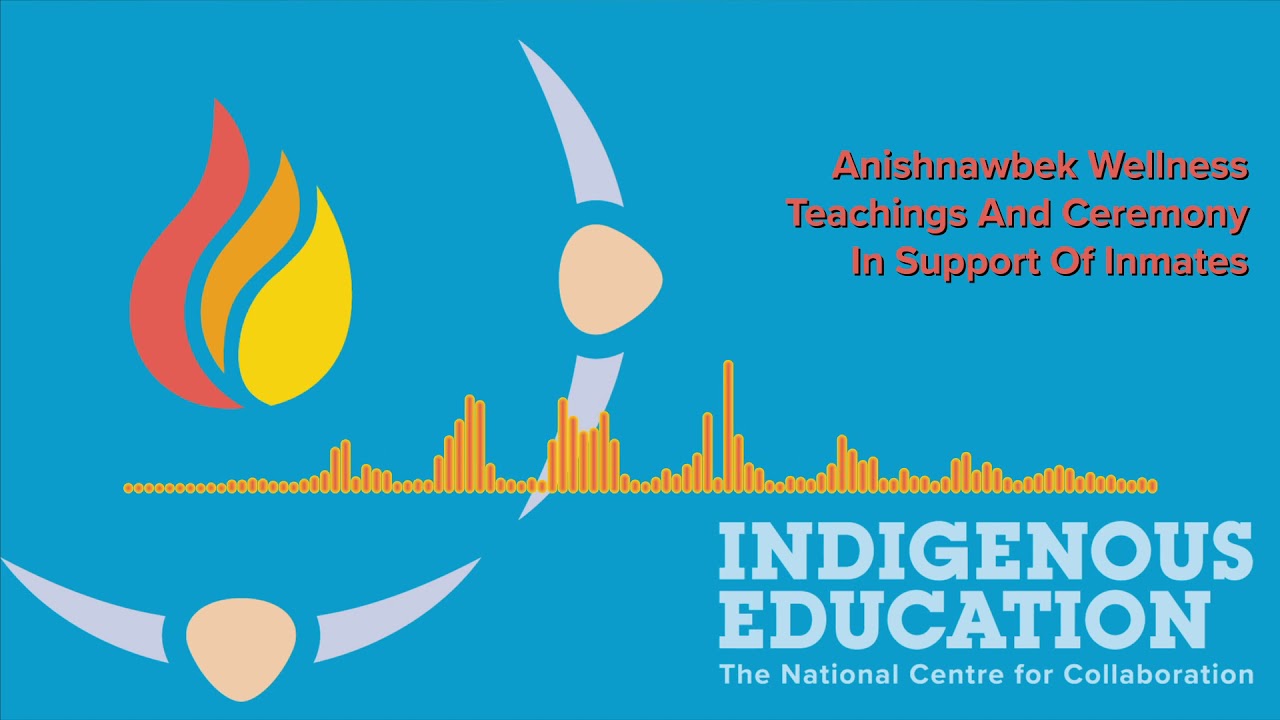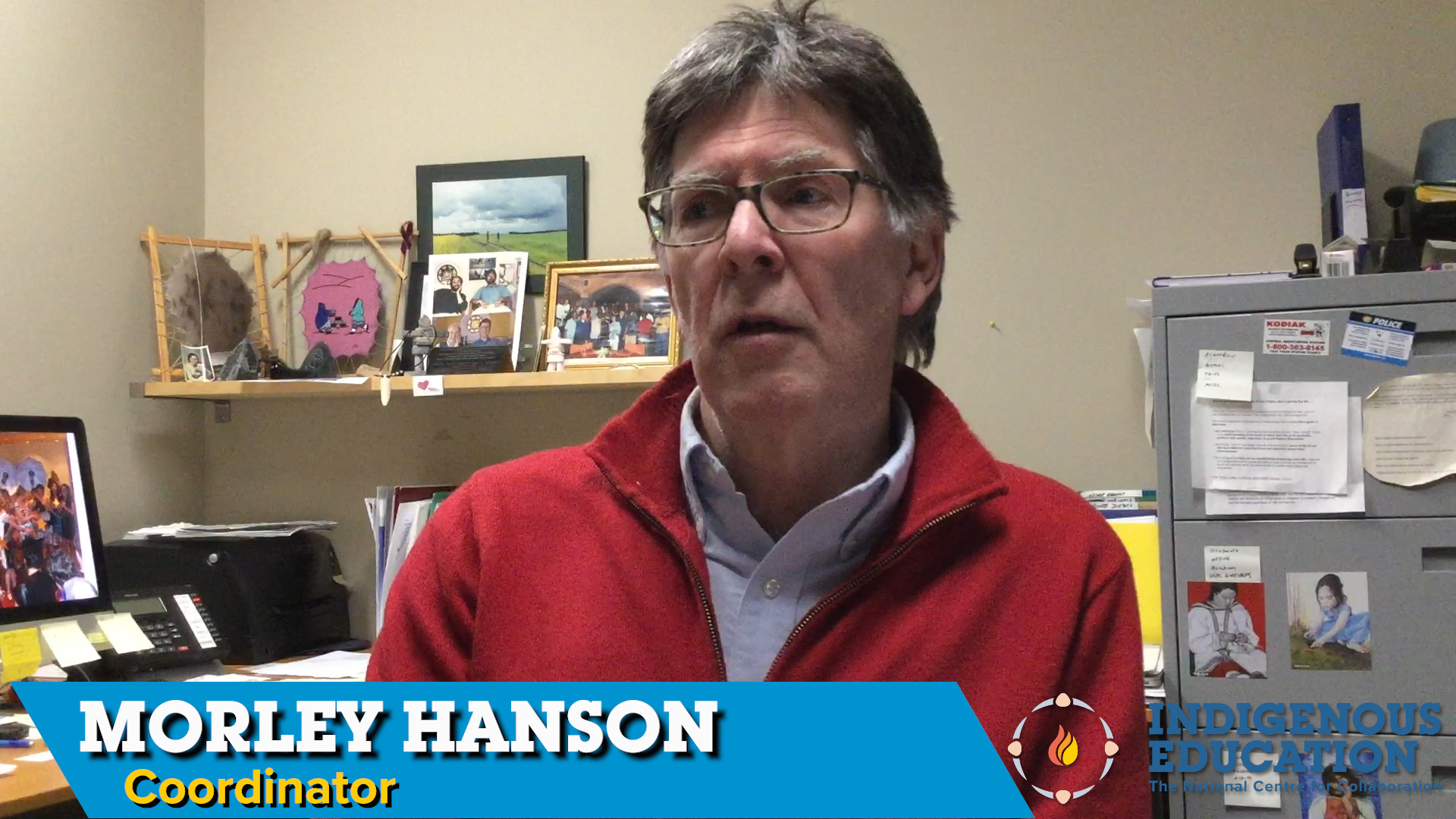Posted on mai 7, 2020 by John Vallely
An Elder, who is preparing Anishinaabe people to be responsible, knowledgeable about their culture, creation and to show us our own personal role in Creation.
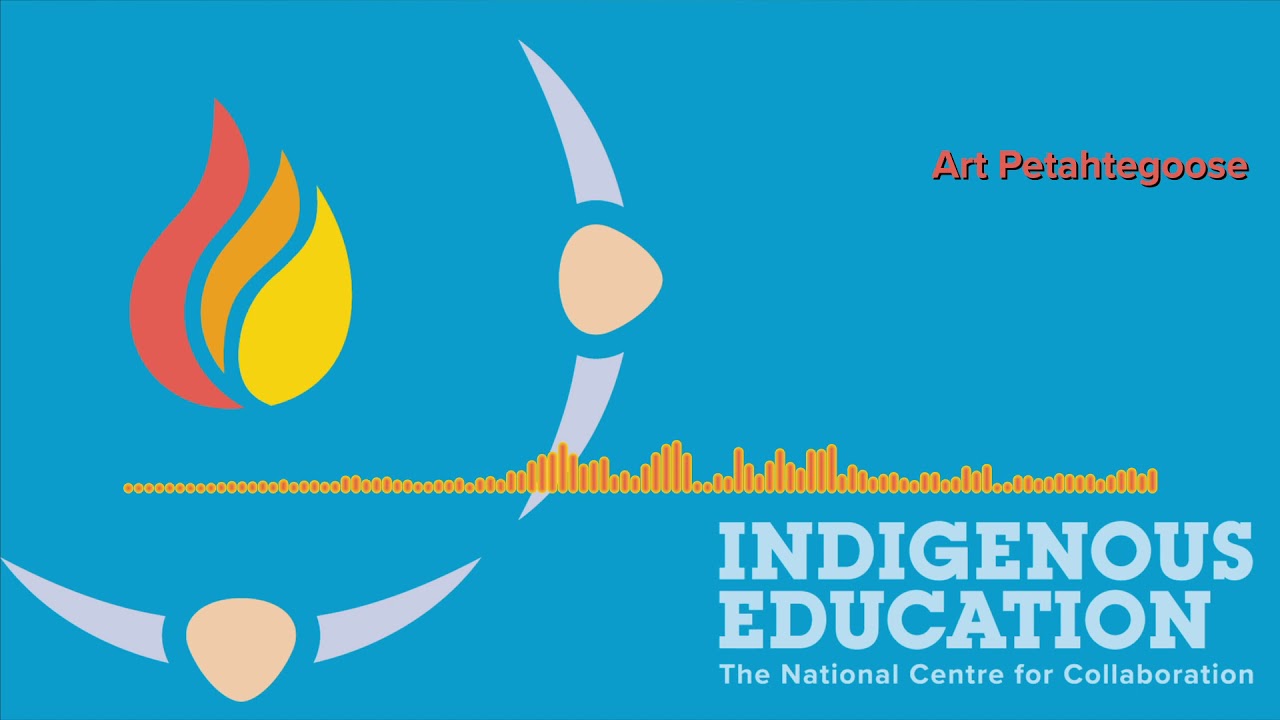
An Elder, who is preparing Anishinaabe people to be responsible, knowledgeable about their culture, creation and to show us our own personal role in Creation.
Posted on décembre 19, 2019 by Steffany Salloum
Learning nēhiyawēwin through language acquisition methods that have informed Bringing nēhiyawēwin Home, a program designed by Belinda Daniels and offered through READ Saskatoon.
Belinda Daniels, onikanew (she who leads), runs a program through READ Saskatoon called, Bringing nēhiyawēwin Home. The program was born from the idea of learning language in a natural setting by enjoying food at the kitchen table, intergenerationally, with family members. The nēhiyawēwin (Cree) language classes are offered to anyone who wants to learn nēhiyawēwin in Saskatoon and encourages learners of all ages.
Language learners come to the class in a good way by introducing and positioning themselves in the community. The group offers tobacco to the language spirit and follows protocol by saying a prayer and smudging at the beginning of class. By learning Cree around the kitchen table, learners are able to learn food terminology in a coincidental way. Some terms and vocabulary include learning how to ask and say: Are you hungry?; I am hungry; What is this?; this is good; I would like some more; soup, bannock, pop, juice, milk, salad, pizza, etc.
In the classes, Daniels employs three language learning methods which are the direct method, task-based learning, and accelerated second language acquisition. Daniels hopes that her students become intrinsically motivated to bring language home and pass it on to the next generation of nēhiyawēwin language learners. By reclaiming language we work to restore identity, nationhood, and make gains towards sovereignty and self-determination.
Posted on juillet 16, 2019 by Coty Zachariah
First Nations owned and operated post-secondary education institution.
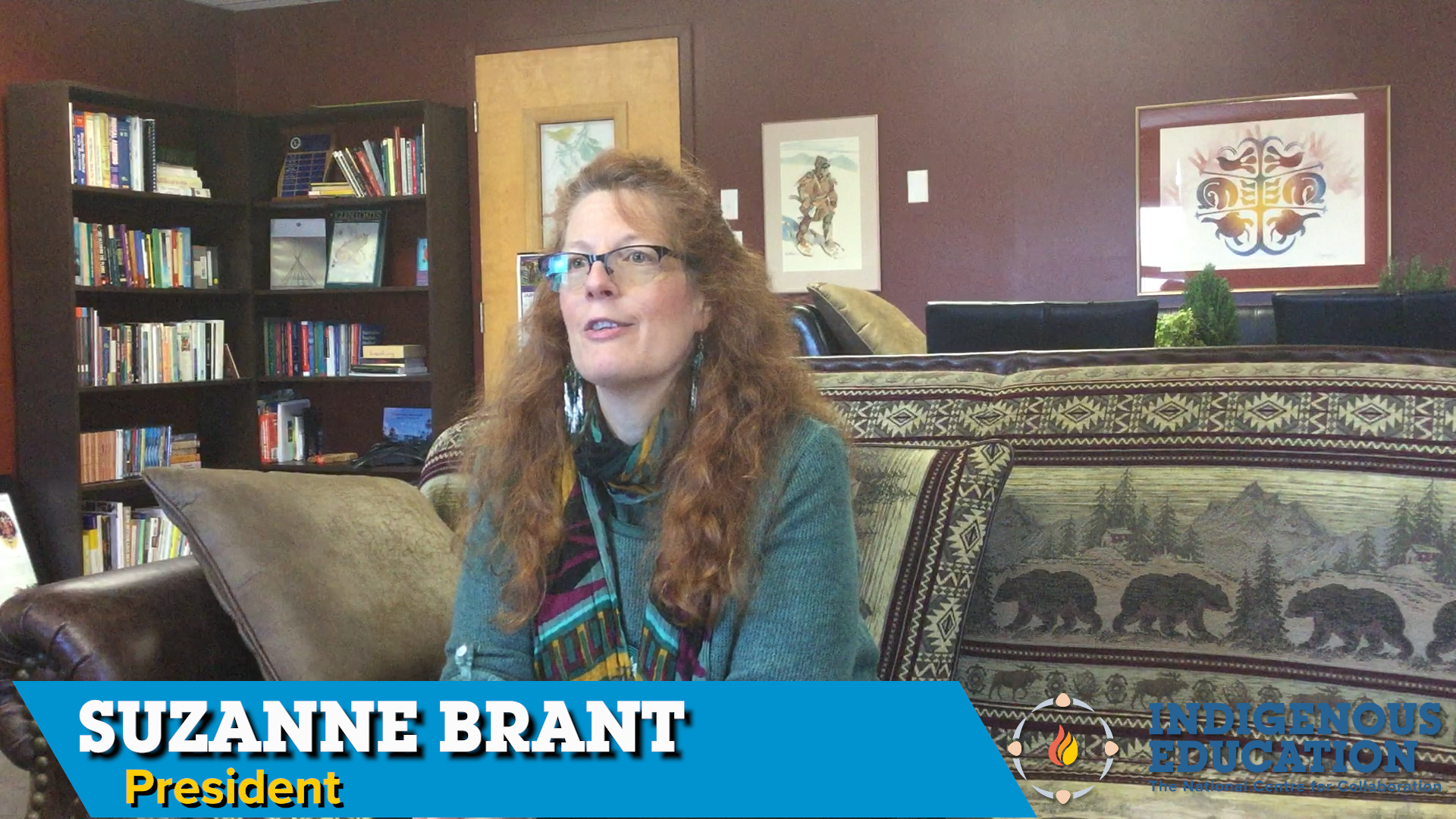
First Nations Technical Institute (FNTI) is a First Nation owned and governed educational institute specializing in applying Indigenous knowledge to both formal and informal learning experiences. Many of our programs and services are delivered at locations across Ontario. For more than 30 years, FNTI has played an essential role in making post-secondary education relevant for Indigenous students and communities. We work closely with our partners to build unique, cutting-edge Indigenous learning experiences and environments.
Posted on juin 25, 2019 by claraakulukjuk
The Environmental Technology Program through Nunavut Arctic College emphasizes how systems work in the environment through different methods on the land and in the classroom.
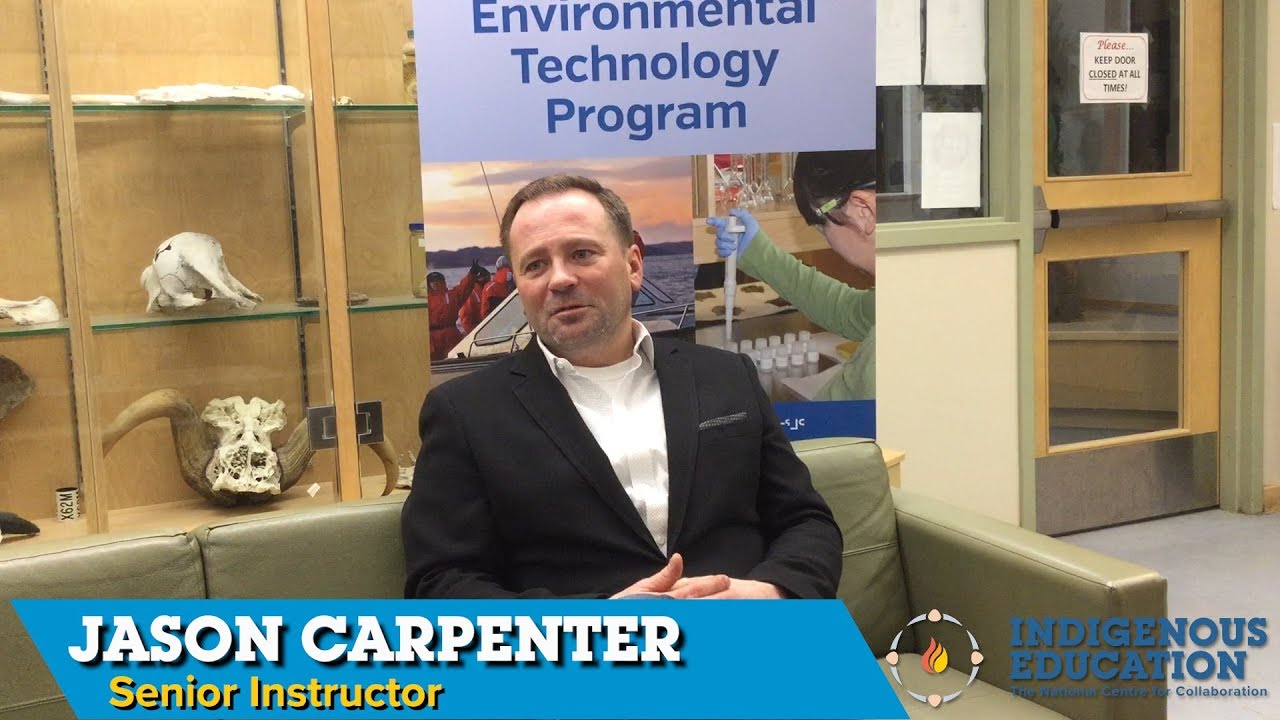
The Program hopes to teach Inuit about their land, how ecosystems work and how governments work together to manage it. It is a post-secondary program that includes on-the-land training. For more information, you can visit the Nunavut Arctic College website.
Posted on juin 4, 2019 by Dene Basil
Yukon First Nation History and knowledge
Harold Johnson talks about the Long Ago Peoples Place near Champagne Village, Yukon. The Long Ago peoples Place is a living museum of how Yukon First Nations people used to live and survive in the Yukon. The walk through meseum facility highlights a time line of what life was like back in the early years all the way to present times. Such as what those early Yukon First Nation people used to live in and their means of hunting with tools and weapons. The walk through museum facility is a way to learn, engage, heal, pass on, and revitalize Yukon First Nation ways of life culture and traditions.
Posted on by Justina Black
John B Zoe, Senior Advisor with the Tłı̨chǫ Government, talks about the importance of Tłı̨chǫ traditional knowledge, Land, Language and Culture. John also sits as the Chairperson of Dedats’eetsaa: the Tłı̨chǫ Research & Training Institute.
John B Zoe, Senior Advisor with the Tłı̨chǫ Government, talks about the importance of Tłı̨chǫ traditional knowledge, Land, Language and Culture. John also sits as the Chairperson of Dedats’eetsaa: the Tłı̨chǫ Research & Training Institute.
Posted on mai 31, 2019 by Mary Ellen Simon
Chris Shawanoo speaks about the role of the NRNC in providing holistic educational opportunities to the Niagara urban Indigenous community.
Chris Shawanoo speaks about the holistic programming provided by the Niagara Regional Native Centre (NRNC) to urban Indigenous community members, as well as the start of the Indigenous school Soaring Eagles. Shawanoo uses personal stories and passes down teachings given to him to illustrate the importance of holistic education and western education. Walking in two worlds involves cultural revitalization to ground an individual to a strong identity while providing culturally sensitive educational opportunities to combat systemic oppression, colonization, and poverty. Recognition is given to the importance of a non-western education as well as the importance of language revitalization.
Shawanoo also speaks about NRNC’s partnership with the Catholic District School Board to start up Soaring Eagles Indigenous school as a response to the Truth and Reconciliation Commission’s Calls to Action. He uses stories and teachings to illustrate the holistic education model to answer questions about Indigenous education.
